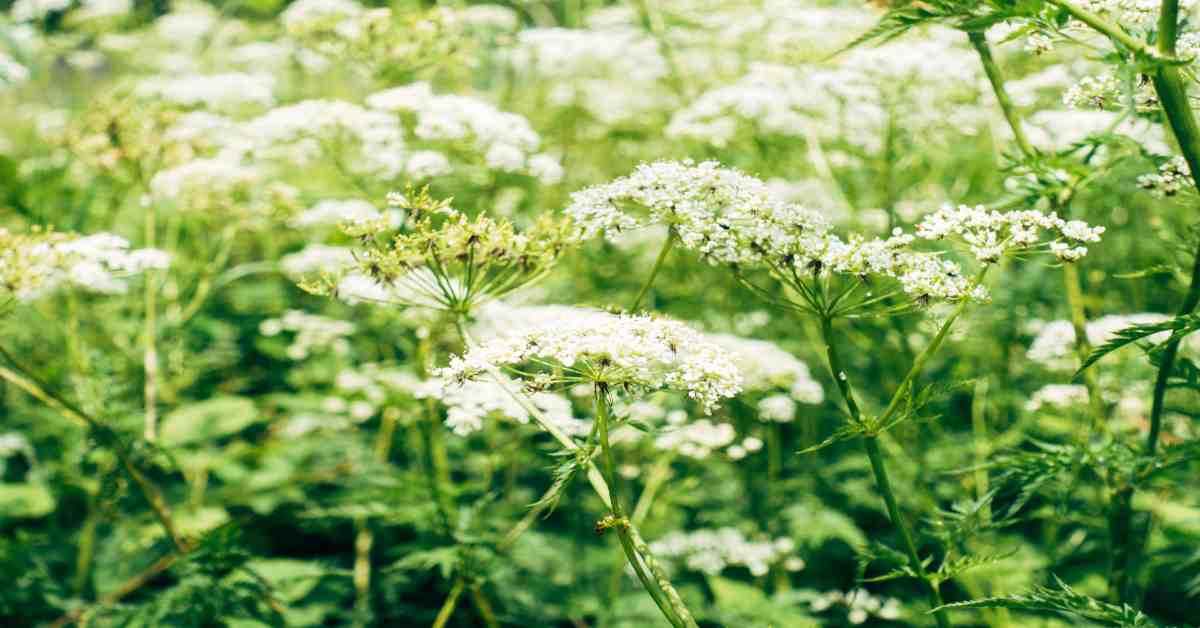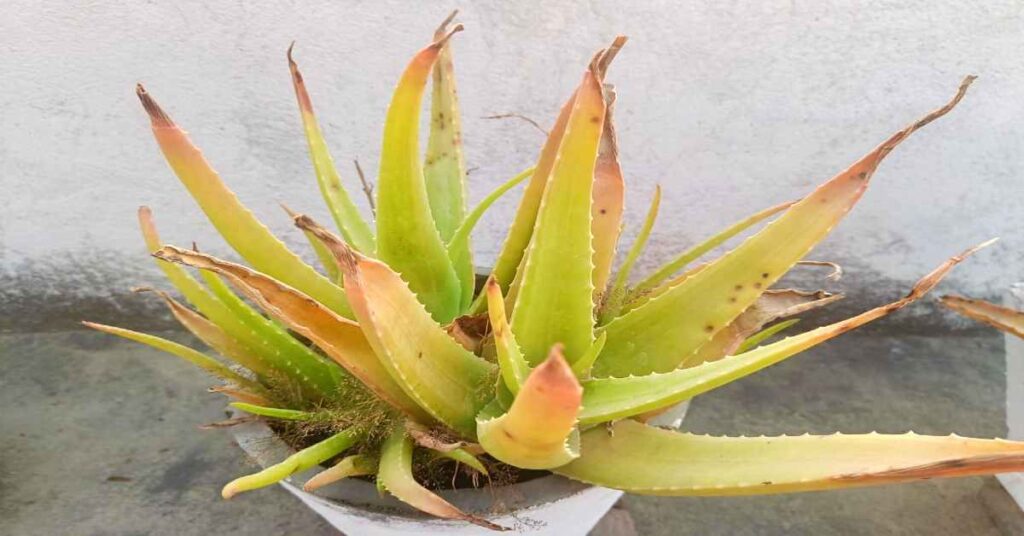About Yarrow
Since ancient times, yarrow (Achillea L.), a widely used medicinal plant, has been traditionally used in various cultures. The name is Achillea refers to the fictional Achilles of the Iliad’s Trojan War, who healed the troops’ wounds with yarrow. The majority of Achillea species find application as therapeutically useful medicinal plants. In traditional practices, the Achillea genus is widely distributed around the world, and many local populations have employed its species as traditional or folk medicines. Also, there are several benefits of yarrow tea. Several Achillea species go by the common name Bumadaran in Persian. In traditional Persian literature, the health benefits of yarrow include; tonic, anti-inflammatory, antispasmodic, diaphoretic, diuretic, and emmenagogue drugs to treat hemorrhage, pneumonia, rheumatic pain, and wound healing. The most significant native economic plants in Anatolia are Achillea species.
In Turkey, herbal tea made from several Achillea species uses traditionally to treat flatulence and abdominal pain. According to Chinese medicine, benefits of yarrow shows three major effects: it clears exterior wind (diaphoretic), tonifies deficiencies, and clears heart phlegm (anti-hypertension). A. millefolium L. is commonly referred to as plumajillo, or “little feather” in Spanish, due to the form of its leaves in Spanish-speaking New Mexico and southern Colorado. Native Americans and early immigrants frequently uses yarrow because of its astringent properties, which made it useful for wound healing and anti-bleeding.
Description
Chrysanthemums and chamomile are close relatives of yarrow, an aster family member. It thrives in an environment that is both warm and bright and is usually present in meadows, at the sides of roads, and on sunny, dry hillsides. It often grows as a short (under 3 feet), straight, hairy stem. While pink or light purple flowers are more typical in mountainous locations, the flowers are often white. The petals are tightly packed in flattened clusters, and the leaves resemble feathers. The plant proliferates quickly. The beneficial traits of the plant are highly genetically variable.
Chemical Constituents that show the health benefits of Yarrow
Numerous components from the Achillea genus are highly bioactive.
- The first natural proazulene, achillicin III, was present in the genus Achillea, while the first anti-spasmodic flavonoids, cynaroside I and cosmosiin II, originate from A. millefolium L.
- According to a literature search, Achillea species contain alkamides such as p-hydroxyphenethylamide IV, lignans, amino acid derivatives, flavonoids, terpenoids, and p-hydroxyphenethylamide.
- The lipophilic, nitrogen-containing chemicals known as alkamides are one of them, and they provide Achillea plants their insecticide, anti-inflammatory, and occasionally immunological properties.
- The flavorful plants in the genus Achillea produce potent essential oils. The most prevalent metabolites in the volatile oils of Achillea are monoterpenes. There are instances of higher sesquiterpene concentrations than monoterpenes, though.
- The main nitrogen-containing chemicals extracted from the aerial sections of Achillea species include proline VIII, stachydrine IX, betonicine X, betaine XI, and choline XII.
- Betaines are a significant class of naturally occurring chemicals that serve as suitable solutes or osmoprotectants because they have a persistent positive charge on the quaternary ammonium moiety. In experimental animals, these substances demonstrated immunosuppressive action.
Traditional use that shows the health benefits of Yarrow
- Yarrow powder: Yarrow powder is useful with juice, water, and smoothies. You can also use it orally in capsule form. Additionally, it turns into a therapeutic salve and applies topically to small wounds.
- Yarrow tincture: The traditional dosage for yarrow tincture is 2-3 ml twice daily.
- Yarrow tea: There are many benefits of yarrow tea. Use 1-2 tablespoons per cup of boiling water, and depending on flavor, let them steep for 5–10 minutes.
- Essential Oil of yarrow: You can vaporize yarrow essential oil on an oil burner or use it in the bath. Sometimes, it includes cream or oil for massaging. Use 10 to 18 drops per 30 ml of carrier oil and 6 to 8 drops in each bath. Combine well with essential oils like valerian, oakmoss, vetivert, ylang-ylang, cedar, lavender, and German chamomile. It improves the aroma of the essential oils of grapefruit, bergamot, and black pepper.
Health Benefits of Yarrow
- Promotes digestive health: Benefits of Yarrow tea show great digestion that supports healthy bile secretion from the gallbladder. Additionally, it includes the phytochemical azulene, which is helpful in cases of intestinal cramps. Since it soothes the interior stomach muscles and has anti-spasmodic qualities.
- Wound healing: The astringent herb yarrow is sometimes considered to be a “styptic” because it stops bleeding. The alkaloid achilleine promotes blood coagulation and speeds up wound closure. It is primarily responsible for its capacity to heal wounds.
- Antianxiety and antidepressant activity: The flavonoids and alkaloids included in yarrow tea help with depression and anxiety symptoms. Research shows that plant-based alkaloids lower the secretion of corticosterone. It is a hormone that is present at high levels during prolonged stress. Anxiety seems to get lessened and everyday mental and physical activity became more prevalent when one study administered yarrow essential oils orally to rats.
- Antiulcer property: The common medicinal plant of yarrow helps to treat gastrointestinal problems, discomfort, and inflammation. Its applications as a folk remedy have a positive link with tests of its gastroprotective capacity against acute and chronic ulcers.
Other health benefits of Yarrow
- Immunosuppressant property: The immunosuppressive components of A. millefolium’s methanol and aqueous methanol extracts were previously investigated.
- Anti-inflammatory property: The traditional use of Achillea species demonstrates how well-known these plants are as anti-inflammatory plants. Sesquiterpenes are another powerful group of secondary metabolites. In addition to alkamides, which are well-known potent anti-inflammatory chemicals.
- Improve blood circulation: Yarrow, on the other hand, strengthens blood circulation and enhances blood flow. It also helps to widen capillaries, which improves circulation. Because it guarantees that every area of the body receives enough blood and oxygen to function correctly. Healthy blood circulation is crucial to preserving the body’s general health.
- Improve brain health: Benefits of yarrow shows multiple sclerosis, Alzheimer’s, Parkinson’s, and encephalomyelitis. Also, treat inflammation of the brain and spinal cord brought on by a viral infection




